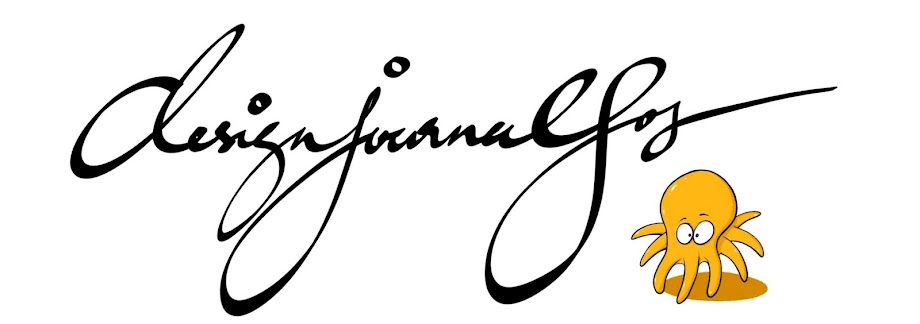Explore the process of idea evolution in design and technology. Learn how to develop and refine your ideas for optimum results. Discover the power of SCAMPER and iterative questioning for creating high-quality concepts. Coming up with ideas can be a daunting task, especially when you have to present multiple ideas. However, it is important to remember that the quality of an idea is more important than the quantity.
In this blog post, we will delve into the process of idea evolution and how it can lead to the development of high-quality concepts.
- When brainstorming, it's crucial to focus on generating a few independent ideas that possess unique features and functions.
- Instead of sketching 5 or 10 unrelated ideas, this approach allows you to create a solid foundation for the evolution process.
- Keep in mind that the teacher's requirement for multiple ideas can still be fulfilled by developing a few diverse and distinct concepts.
- Once you have these independent ideas, it's time to combine their features and functions into an ultimate idea. To accomplish this, you can
- utilize the SCAMPER technique. SCAMPER stands for Substitute, Combine, Adapt, Modify, Put to another use, Eliminate, and Rearrange.
- By applying these strategies, you can refine and enhance your concepts by exploring alternative possibilities.
- However, idea evolution doesn't stop there. It's an iterative approach that involves questioning and continuous improvement.
- Carefully consider the functionality, materials, forms, colors, and other aspects that can make your idea better.
- Embrace the development process and constantly ask yourself questions to uncover potential improvements and enhancements.
- Creating models and conducting tests play a vital role in the evolution process.
- By prototyping and evaluating your ideas, you can gather valuable feedback and identify areas that need further refinement. This iterative approach allows for constant improvement and ensures that your idea evolves into its full potential.
The evolution of an idea is essential to ensure that the final product is of the highest quality. By dedicating time and effort to the process, your ultimate idea can transcend its initial form and become a reality. Embrace the journey of idea evolution and unlock the power of developing high-quality concepts.
FOLLOW and LIKE on Facebook to get updates as soon as a new post is up: https://www.facebook.com/designjournalsos
Support me, support my work? Buy me a Coffee? https://www.buymeacoffee.com/mrdanielsos











